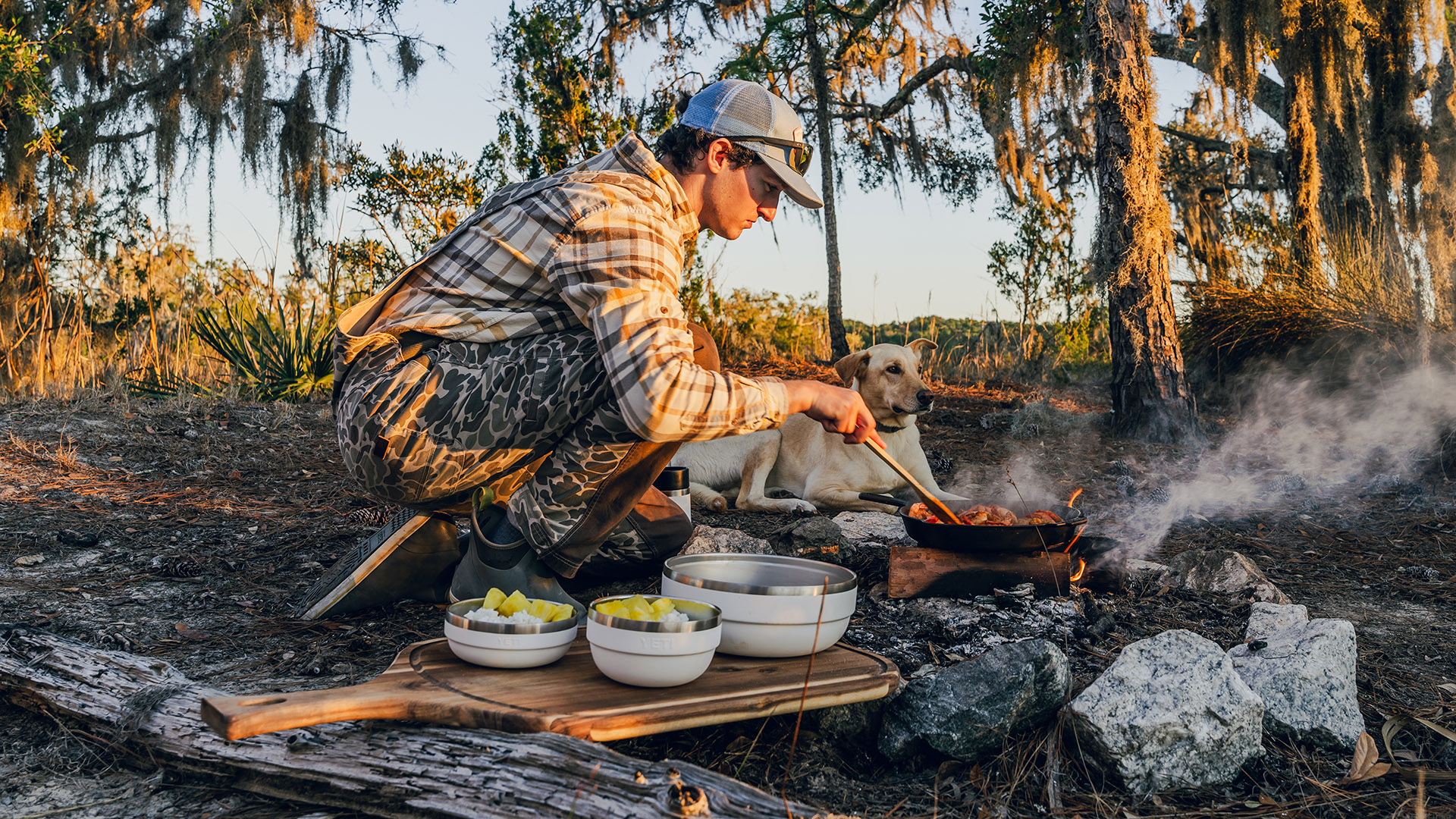

Honor and Xiaomi are set to become the first manufacturers to offer smartphones with 48-megapixel cameras. Sony and Samsung both announced 48-megapixel image sensors designed for smartphones earlier this year, beating the previous record set by the Nokia Lumia 1020, which had a 41-megapixel sensor designed to allow users to crop into their photographs without sacrificing quality.
First to market with one of these pixel-packed new sensors will be the Honor View 20, which will be powered by the Sony IMX586 sensor. Elsewhere, the handset is tipped to sport the same small selfie camera cut-out in its all-screen design as the upcoming Huawei Nova 4, which will be unveiled December 17, 2018.
- Huawei just showed iPhone X and OnePlus 6T how to kill the notch once and for all
- Xiaomi Mi Mix 3 is totally bezel-free screen, has 10GB RAM and 5G support
The Honor View 20 is, unsurprisingly perhaps, a follow-up to the Honor View 10, which launched this time last year. So far, Honor has confirmed the View 20 will boast a 48-megapixel camera, and be powered by the Kirin 980 processor – the same chip under the bonnet of the Huawei Mate 20. However, Honor is keeping quiet about what else we can expect to see from its latest mid-range smartphone.
Honor View 20 will be unveiled on December 26 for the Chinese market. However, the customer will hold an announcement on January 22, 2019 in Paris ahead of an international launch, which will see the handset become available to UK customers.
In our Honor View 10 review last year, T3 branded the smartphone a "worthy new challenger" to the flagship OnePlus handset at the time, the OnePlus 5T. With a vastly higher resolution camera than the OnePlus 6T, it will be interesting to see whether the Honor View 20 can edge out the latest OnePlus this time around.
Meanwhile, Xiaomi is also gearing-up to launch a similarly-specced 48-megapixel phone in the coming months. Xiaomi co-founder and president Lin Bin shared an image on social media platform Weibo of an unidentified device with the words “48MP camera” beside the rear-mounted lens, pictured below. Besides a estimated January release date, no other details on the device are available at the moment.

Samsung unveiled its new 48-megapixel Isocell Bright GM1 sensor back in October.
Sign up to the T3 newsletter for smarter living straight to your inbox
Get all the latest news, reviews, deals and buying guides on gorgeous tech, home and active products from the T3 experts
The South Korean company is using pixel pitches of just 0.8 micrometers, enabling smartphone manufacturers to build smaller camera modules, pack more pixels into existing designs, or bring multi-camera set-ups to smartphones without adding unnecessary bulk.
According to Samsung, manufacturers that aren't concerned about shooting 48-megapixel images will be able to use the same sensors to eke out better details in challenging lighting conditions. Samsung claims its Isocell Bright GM1 will produce 12 megapixel photos with 1.6µm pixels – ideal for challenging low-light conditions.
For comparison, most flagship smartphones launched within the last six months – like the iPhone XS, for example – have 12-megapixel sensors with 1.4µm pixels.
As always, specs alone never tell the full story when it comes to smartphone photography – so, these impressive numbers are no indication that the Honor View 20 and Xiaomi handset will best the Apple iPhone XS cameras.
Lead Image Credit: Omar Prestwich / Unsplash
As a former Staff Writer for T3, Aaron writes about almost anything shiny and techie. When he’s not barking orders at Alexa-powered microwaves or gawping at 5G speed tests, Aaron covers everything from smartphones, tablets and laptops, to speakers, TVs and smart home gadgets. Prior to joining T3, Aaron worked at the Daily Express and and MailOnline.

